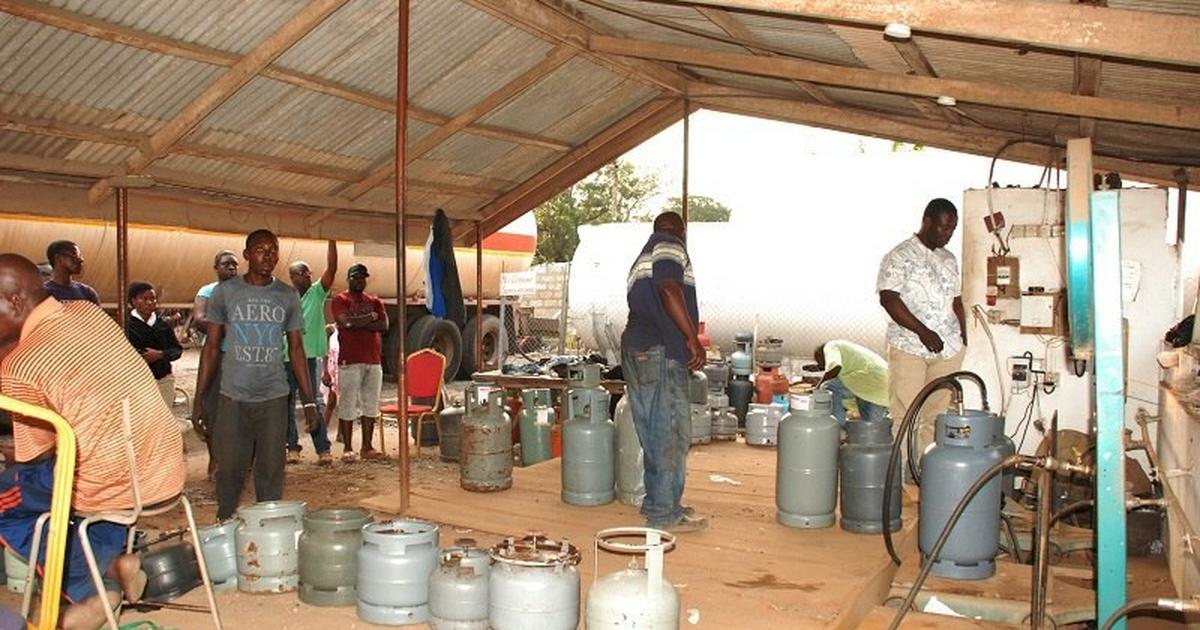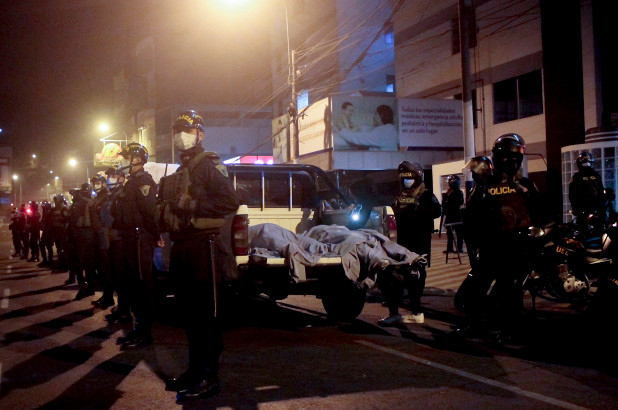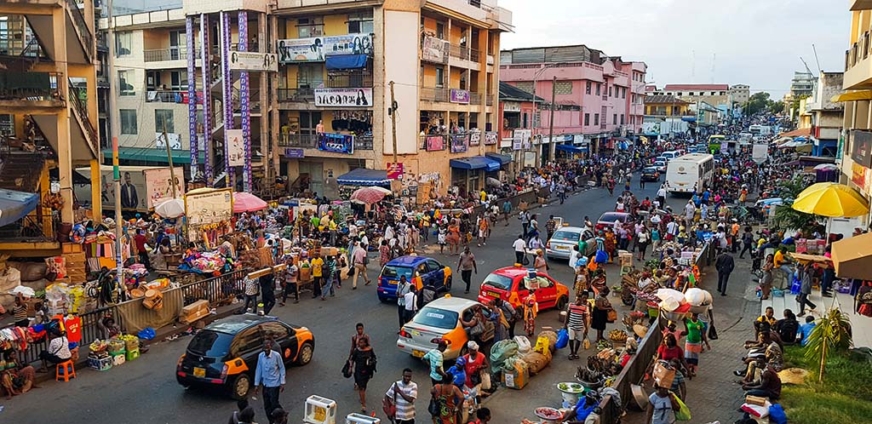Mr. Festus William Ameyaw. In your article under reference, you made it categorically clear that TWO LPG Cylinder Distribution Models exist worldwide: the branded cylinder recirculation model (BCRM) and the Customer-Controlled Cylinder model (CCCM). And that Ghana currently practices the CCCM.
Thanks for the information. But the fact of the matter is that you have not shown by facts, empirical evidence or any source that countries practicing CCCM are grappling with greater risks and have therefore stopped or moved to BCRM. By implication, you are stating that there are several countries in the world including Ghana that are doing CCCM. Therefore, to alarmingly call stakeholders in the industry not to sit aloof, and government agencies responsible for protecting the populace to move into action, to avoid serious and devastating consequences which the country may never forget is nothing but needlessly creating fear and panic.
In the same vein, how do you compare the damage caused by explosions from Tanks with explosions from Domestic Cylinders and conclude that the latter causes less damage when you ought to know that Station Tanks/bullets and domestic cylinders are different in size and weight? This openly betrays your stance in this discussion essentially designed to assist the Authorities, and the public in general, on the merits and demerits of CRM vis-à-vis Existing Refill Plants.
Even on matters of safety, the CRM is worse. It is recalled that the report of the Private Sector Safety Technical Committee (PSSTC) on the Atomic Junction explosion in August 2018 confirmed that concentration of already filled LPG cylinders at stations or Exchange points, leaving empty cylinders in the open and ferrying already filled cylinders on trucks on highways all represent a significant danger to lives and property. In other words, they are risks inherently associated with CRM.
What is even more noteworthy about these CRM risks is the fact that they remain permanent as long as the CRM and its twin component of Exchange Points exist and persist. Equally most worrying is the fact that this threat increases exponentially in relationship with the number of Bottling Plants in operation and, by extension, the number of LPG cylinders idling about or loafing in Exchange Points or Cages in the neighborhoods.
In contrast, the same cannot be said of the Existing LPG Filling Plants. The threat to safety is never permanent and can, and has, always been traced and stopped. A case in point is the self–imposition of Electric Discharge Pumps into the system by the LPGMC Association after the Atomic junction’s explosion in 2017. Since then, there has not been any explosion at any of the Existing filling stations in the country. So why call for a change to CRM? Are we safe?
The totality of available evidence would strongly suggest that the CRM Policy needs urgent review. Apart from its obvious drain on the country’s scarce foreign cash, via repatriation of huge and unearned profits, it does not contribute anything substantial to the economy.
No wonder, the announcement of the CRM right after the Atomic junction explosion attracted comments like “Knee-Jerk” and “Misdirected Aggression”, very unfortunate though. Clearly, we seem not to adequately need Bottling Plants as Ghanaians have competently handled the LPG filling and distribution in the country for over 30 years and are experts in the field, those who do not know must ask GOIL and Mobil Oil companies.
Alternatively, the CRM should be allowed to operate within a time frame since the investors have already been allowed into the country, but must not be encouraged to expand or new investors admitted.
At the very least, it must be admitted that allowing LPG filling and distribution to be a PRESERVE for Ghanaians is in consonance with the Local Content Law.
















